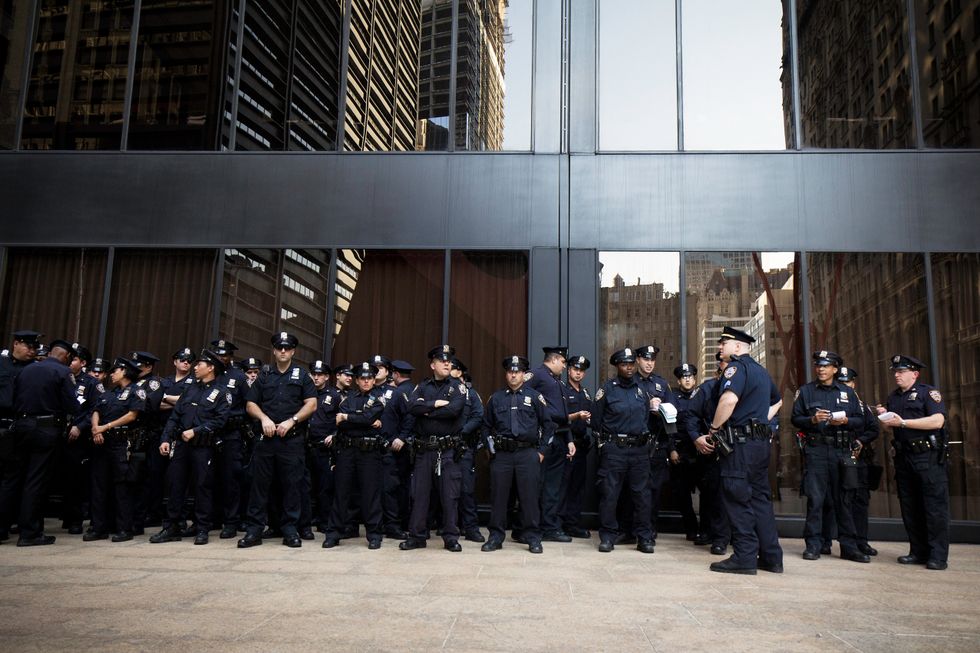The "stop and frisk" policy has become one of the most controversial topics in New York and the majority of the United States. The stop and frisk policy gained a legal foundation in the 1968 case Terry v. Ohio. In this case, three suspiciously-acting men were patted down and a weapon was found on them, inducing a charge on concealed weaponry. The defense argued that it was in violation of the Fourth Amendment to the Constitution. However, the court ruled that the "search" was not really a search as it was a simple "frisk" that could be initiated simply by reasonable suspicion rather than probable cause. The stop and frisk policy is now governed by Criminal Procedure Law 140.50.
In recent years, the Stop and Frisk policy debate has revolved around unfair stoppings of minority groups as opposed to whites, especially when considered in proportion to the population. In 2013, 85% of all stop and frisks concerned Black or Latino peoples. This is striking since Latinos and African-Americans constitute only 36% of New York's population. On the other hand, only 11% of those stopped were white people, while they were 76% of the population. Another issue has been the effectiveness of stopping and frisking. In 2013, 88% of all stoppages involved innocent people. While some maintain that the avoidance of small level crimes through this method works to prevent further large level crimes (Broken Window Theory), others argue that it is an unconstitutional invasion of privacy disproportionately toward minority groups.
Since Daniels v. NYC, an anti-profiling policy has been put in place that audits officers that engage in stop and frisk but many believe it to be ineffective. While I do believe in police flexibility in dealing with crime, a bill to increase stricter regulations of stopping and frisking or police transparency would be in order, such as public release of police audits.









































